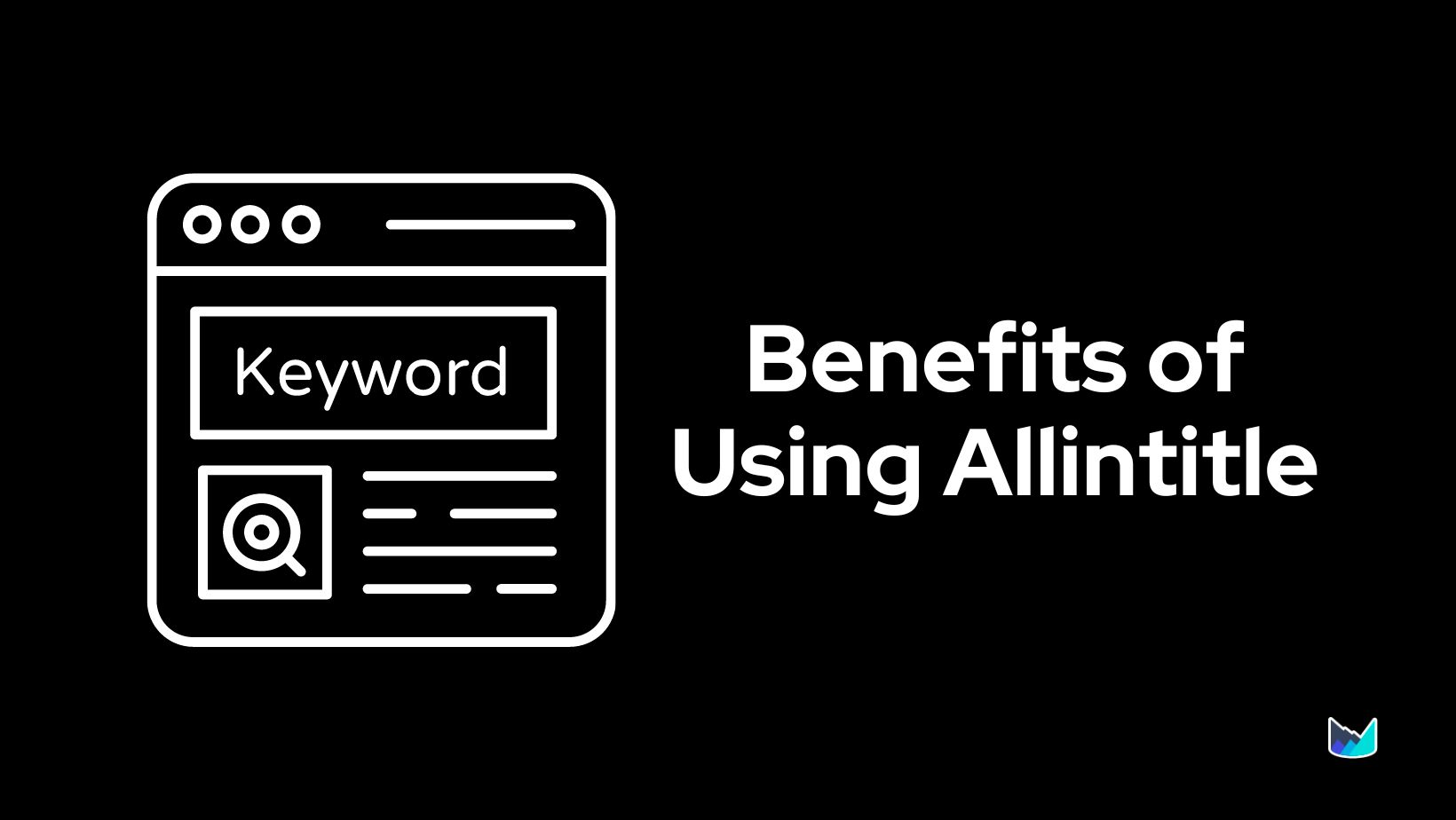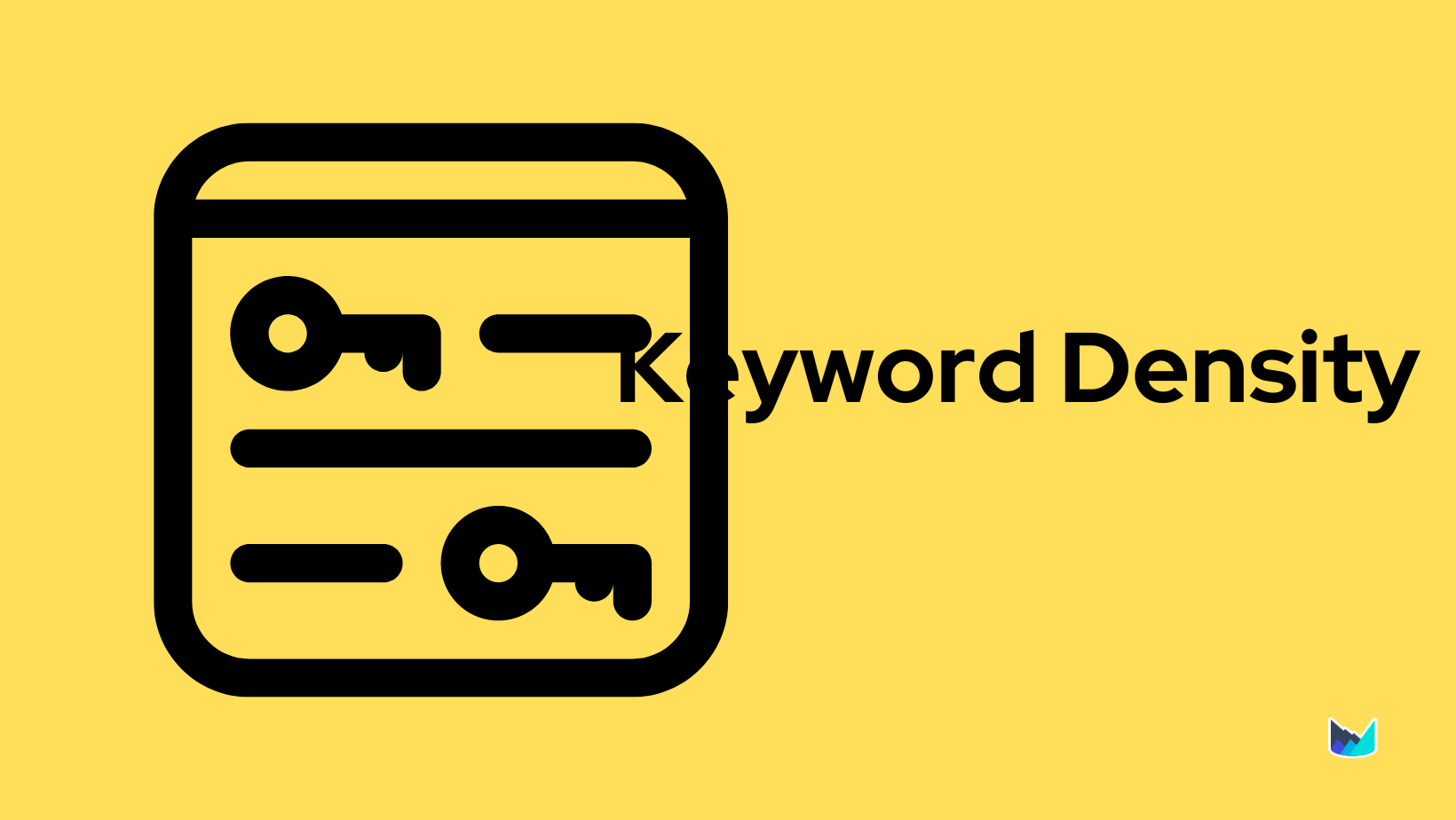- Product
- SEO Content Editor
- SEO Content Strategy
- Content Optimization
- Content Briefs
- AI Assisted Writing
- Keywords Clustering
Preview a demo walkthrough
Outranking the competition with our cutting-edge SEO strategies.
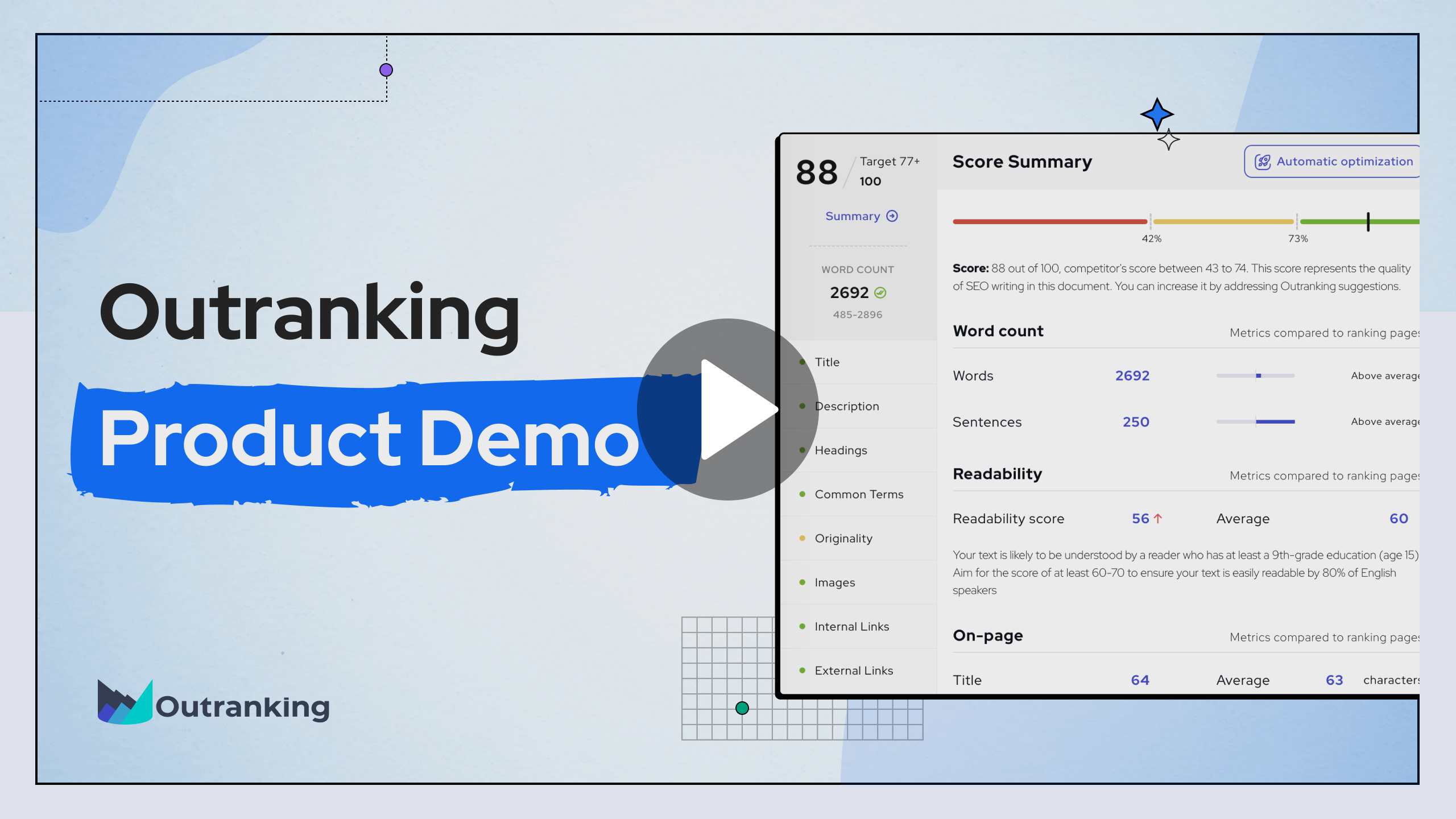
- Pricing
- Resources
- Sign In
- Get Started

People also ask questions
Table of Contents
Table of Contents
What is People also Ask (PAA) in Google? What is People Also Ask SERP feature?
‘People Also Ask’ (PAA) is a prominent feature in Google’s Search Engine Results Pages (SERPs) introduced in 2015. Recognized as the PAA Box, this feature showcases a collection of questions that align with a user’s search query or intent. Each question in this accordion-style display is paired with a concise answer and a hyperlink to the source website.
Since its inception, the PAA feature has reshaped how marketers strategize their content. Integrating answers to these questions in a distinct format has become a key strategy for SEO professionals. In fact, using tools like the SEO content audit tool, the on-page SEO checker, and the SEO content optimization tool can be instrumental in tailoring content that addresses these PAA questions effectively. As you navigate the digital landscape, you’ll surely come across these helpful questions in Google’s search results.

Sometimes there are only a few questions, and sometimes, the list is seemingly infinite.
So, what are these accordion-like Q-&-A boxes?
They are a set of questions that closely (or sometimes remotely) relate to the search query from an end-user.
Those questions that you see are usually the questions that other people have asked in Google.
Google thinks you may be interested in them, and hence, displays them.
The answers you find underneath each question come from a web page. Google throws in a clickable link underneath each question along with the short answer you see.
But there are a few interesting things to note:
- There is no fixed position for these PAA boxes to appear on the search result page.
- Sometimes, the questions can be seemingly infinite. Don’t be surprised to see hundreds of those questions showing up after you click on the first few questions in the accordion box.
- The answers you read do not have any predefined format. There can be different formats like a paragraph, a video, or a table, or even an ordered/unordered list.
- Google will always show the same answer.
Position:
In case you didn’t notice earlier, search results will usually show featured snippets in the first or the second position.
That’s not the case with the People Also Ask box.
The PAA box can show up anywhere. It can even show up on the second page of search results for certain queries.
You can test this yourself. Try searching the phrase ‘how to become a para vet,’ and see how the PAA box shows up on the search results page’s second spot.
But for the search query ‘best adobe ai plugins,’ the People Also Ask box shows up at the last position of the first page.
This positioning of the PAA box does have SEO implications that you will read later.
Seemingly Infinite:
If you click on any question and expand it to see the answer, you will notice that more questions show up.
Keep clicking on questions, and you will see how there seems to be no end to the questions that keep showing up.
This, too, has serious SEO implications.
No Specific Format:
The answers to the questions in PAA boxes don’t follow any specific format. They can be in the form of a list. You can find tables or paragraphs, and sometimes, videos (not very common, but it happens).
Same Answer:
It is a no-brainer, but it takes a keen eye to notice that Google will show the same question for different similar queries and use the same source as the answer.
Here are a couple of examples:
Search query 1: ‘best adobe ai plugins’
Result:

Search query 2: ‘popular adobe ai plugins’
Result:

Do you notice how two different but similar search terms/phrases are generating the same question? Also, notice how Google is showing the same source as the answer!
The results you see above aren’t isolated incidences. That happens always.
Once Google uses your website as an answer source for a question, it will always use your website as a source whenever that question shows up for any user query.
That’s interesting and, albeit an important point to keep in mind for your SEO efforts.
However, no one can guarantee that Google will not change this approach. One fine day you may wake up to an algorithm update that starts pulling different sources for the same question.
Don’t you think that will be a fair play? If Google does make such a change, other websites with genuinely good content will get a chance to reach the first page.
So, keep an open mind.
Why is “People also ask” (PAA) Or “People also search for” important for SEO and Google?
People Also Ask is important for SEO because it helps to secure a long-term position in SERPs. This can boost organic traffic for websites.
From Google’s perspective, PAA questions help the tech giant dominate the market for voice assistant devices.
How?
Read on…
If Google is showing the PAA box, it must be important from an SEO perspective. The questions in the PAA box always have a relevant answer with a direct link to the source. Sounds interesting? More on that shortly!
But before that…
What does Google gain out of it?
Though the People Also Ask snippet started showing up in Google search results in 2015, there was a major thrust in 2018. By July of 2018, the PAA box started showing up in 40% of the SERPs.
Come 2021, and that percentage shot up to 91.8%! That’s according to MOZ.
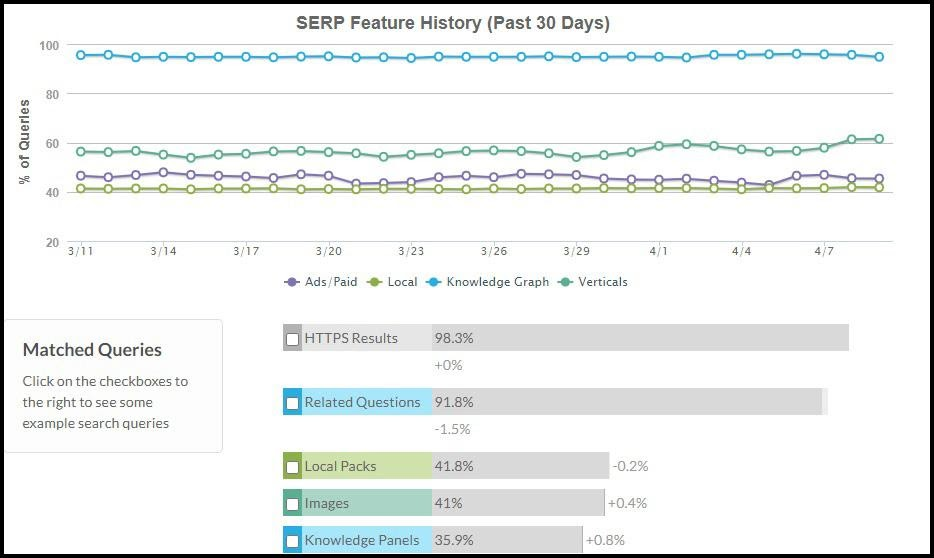
What does that tell you?
Of course, it is important!
But if you notice carefully, the seemingly infinite and ever-expanding nature of the PAA box is pushing the organic search results in what we like to call – ‘a fathomless pit.’
But what made the answer box so important for Google that it is willing to allocate a major part of the SERP real-estate to the PAA box?
Here is Google’s perspective –
‘By 2022, 70 million U.S. households will have a voice assistant like Google Home or Amazon Alexa. Smart speakers and mobile phones combined, the United States will have 870 million voice assistant devices by 2022. – Techcrunch.’
If you are unaware, here is something you MUST know –
Google Home answers user questions using snippets, structured data, and knowledge graphs.
Okay, that’s awesome for Google, but where do you stand as an SEO?
If the People Also Ask box is pushing the organic search results infinitely down, what does it mean for your blog?
This is a concerning scenario, but according to Search Engine Watch, 13% of the sites that make it to the PAA box are already present in the top 3 organic search results.
On the flip side, 74% of the sites that make it to the answer box aren’t present on the first page of organic search results.
Thus, if you divert your SEO efforts in making your content PAA-friendly, you can score a position in the PAA box even if your website isn’t organically ranking in the search results.
In another interesting study by MOZ, it was found that a PAA listing can trigger a featured snippet. In fact, most of the PAA listings trigger featured snippets.
So, suppose you optimize your content to get a PAA listing. In that case, the chances are that for someone who uses the PAA question as the main query, your website shows up in the featured snippet.
Another important point to remember is that PAA listings give you an insight into what people are actually searching for.
This will help you to create content that people love. You need to decide which PAA listings are most relevant to your content.
Adding all questions to your content might not make much sense.
What is “People also Search for”?
“People Also Search For” or also knows as PASF keywords is a feature on Google that provides related queries to the user. These are keywords that Google has found to be related to the original query and that the user may not have known about. These keywords in “People Also Search For” are related queries and using them in your content can help rank for additional terms.
Where do People also ask (PAA) questions come from?
The questions in PAA are a result of a combination of Google’s algorithm, user queries, links to search topics, and various other metrics working in harmony within the framework of Google’s patented Machine Learning formula to pull relevant questions and their answers from web pages.
The simple answer to this question is – ‘algorithm.’
But there is a more complex answer.
Google is a search giant. It has billions of user queries in its database.
It indexes millions of websites. (P.S.: have you noticed how the answer to each question in the PAA box has a link to a website?)
Altogether, Google uses every dataset it has to show the PAA queries.
So, it is algorithms plus user queries plus links to the search topics plus many other metrics that eventually generate the People Also Ask questions.
That’s the best guess.
No one really knows what’s happening behind the scenes because Google keeps experimenting.
Do not forget that Google’s Machine Learning will use relational edges to find related questions as well.
Remember the SMO example above? SMO can mean both Social Media Optimization and SMO braces for ankles.
This is best put using this phrase – ‘lexical similarities overlapping the suggested PAAs.’
Simply put, you will see non-related questions because of a series of tiny relational suggestions.
That’s the neural networking of the Machine Learning process.
How many People also ask (PAA) questions that are shown by Google? How to get infinite people also ask?
Initially, when Google started showing the PAA box, the number of questions it showed was limited and finite.
Simply put, you could see only a few questions, and clicking on or expanding a question wouldn’t reveal more questions.
Now things have changed!
For most countries, the PAA questions are seemingly infinite.
To get infinite People Also Ask questions, you need to expand and close the questions that show. The moment you expand a question in the accordion list, new questions populate at the bottom.
Here is what you may see when you search the keyphrase ‘what is cheese’:

Google starts with only four questions in the PAA box.
When you click and expand one question, new questions populate at the bottom of the list:
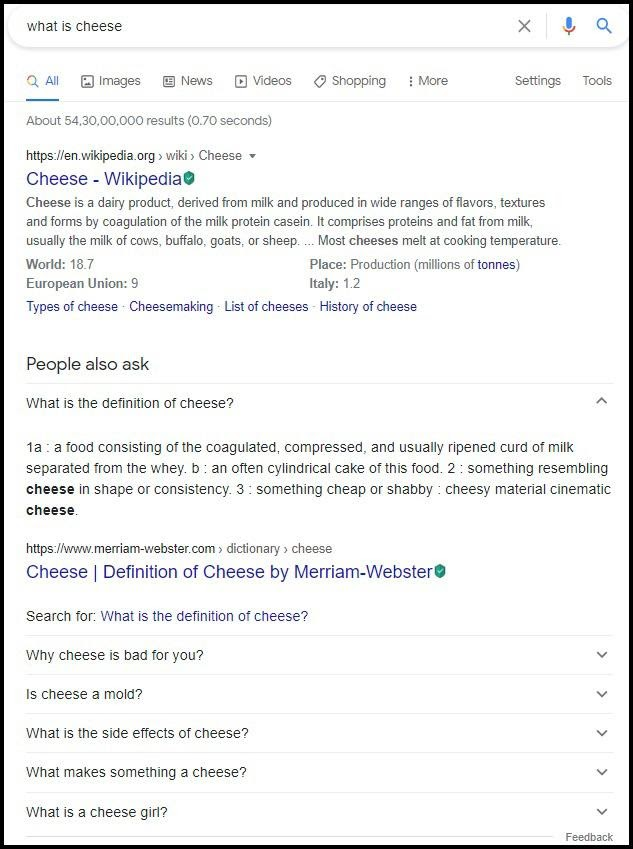
Notice how expanding the first question adds two new questions at the end of the accordion question list.
Keep clicking on different questions, and new questions will keep showing up.
However, not all search queries will return infinite PAA questions. Some search queries may return only a fixed number of PAA questions.
What types of queries or related searches can trigger People also ask (PAA)?
Queries that start with question words like “why,” “when,” “what,” “where,” “who,” “how,” etc., trigger the PAA boxes. 86% of the queries that start with these words will trigger the PAA box. About 60% of other search questions not containing these question words can also show PAA boxes.
Great!
But what’s the mechanism behind it?
This is a very technical and difficult aspect of the PAA. To find out how it works and what queries trigger the People Also Ask segment, Bill Slawski, the SEO research director from SEO by the Sea, investigated the process.
His findings were rather startling!
His search led him to a Google patent called “Generating Related Questions for Search Queries.”
The patent explained in parts how the search giant assembled the PPA box.
Once Google receives queries, it views them and analyzes them. At the end of the analysis, Google formulates certain themes selected from the previously received queries and stored in its database.
The formulation of related questions has a selection process that consists of multiple stages. Those stages include:
- Identification of search queries and the search results.
- Search queries are then ranked based on the number of inquiries coming in from the users. The algorithm then sorts the resources based on how often those resources were selected by the users as the best answers.
- The queries that have the highest ratings make it to the related questions list. The order in which these queries are arranged is determined by the frequency of the queries.
So, no one can really say what types of queries or related searches can trigger the People Also Ask box. If a query has a sufficiently high frequency as determined by Google, it will trigger the PAA box.
So, as long as you see the PAA box for any query, you should immediately know that a sufficient number of people are asking the question. That’s the reason why Google is showing the related questions box for that query.
Of course, some related questions will not have enough monthly traffic. Some will be off-theme. That all happens because of the neural network of the machine learning process.
Why are People also ask important for content and your Business?
SEO specialists are talking a lot about People Also Ask questions ever since they were introduced. One of the questions that always remain in focus is – ‘how are these questions important for your content and your business?’
They are important in various ways. Let’s explore!
1. Better content
It is virtually impossible to read the minds of readers. As a content marketer, you need to understand the intent of the searcher.
This is where the People Also Ask box comes in handy. A search query can turn up several questions that might be very relevant to your content.
Take this keyphrase – ‘best blogging platforms 2021.’
While it will return several organic search results, it will also give you a list of questions, all of which will be quite relevant to your content.
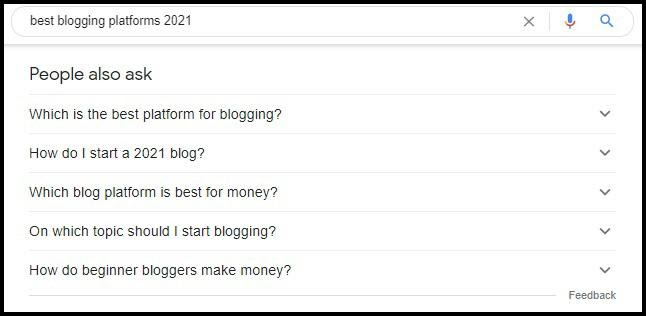
Even if you create a brilliant list full of pros and cons of the best blogging platforms for 2021, your content piece might not rank well in SERPs if you don’t answer those questions.
Your competitors with less visibility may outrank you simply by answering those questions because their content will cover the searchers’ intents. “People also ask” questions must be included in your SEO briefs.
2. Get new keywords
What’s weird is that many of the questions you see in the People Also Ask box do not have high monthly search volumes.
So, should you just discard them?
Think twice, possibly thrice!
Just because the questions have low monthly search volumes, you cannot say that people aren’t looking for answers.
If you paste the questions in certain tools like Ahrefs (Keyword Explorer) or similar SEO keyword strategy tools, you will see disappointing metrics in monthly searches.
But if you pick up the questions and use them as main queries, you may find websites that rank really high with huge traffic.
Analyzing those websites for keywords will reveal various similar keywords that they are ranking for.
You might have never thought of focusing on those keywords.
Yes, of course, conventional keyword research can reveal those keywords.
Still, the bright side here is that when you keep revealing new questions, you can drill deeper to get more and more topics and keyword ideas that you never thought of writing about.
3. Better answers for branded queries
People often ask questions related to brands. You may not own those brands, but you could very well be an affiliate marketer for those brands.
People who ask about brands want clear and definitive answers that can help them with decision-making.
These people are at the bottom of the marketing funnel. A little more persuasion can convert them into customers.
You, as an affiliate marketer, can help them convert, and in return, earn affiliate commissions.
If you can give concise and clear answers to those questions, you can increase your affiliate earnings.
But what if you own the brand about which people are asking questions?
Crafting proper answers can help you get new customers, and at the same time, prevent potential customers from selecting a competing brand.
Giving better answers for branded queries is extremely important for e-Commerce companies. Even tech giants like Apple cannot ignore this.
People buying products will have questions no matter where they buy the products from. Answering all those questions will give a clear idea of what they are getting into, and what to expect.
Setting the right expectations minimizes the friction between the brand and its customers, thereby helping the brand to maintain a good brand image.
4. Refresh old content
The content pieces you created and optimized for SEO a few years ago are most likely, no longer relevant.
You can bring them back to relevancy by refreshing those content pieces using the PAA questions.
PAA questions you find today are the most relevant questions reflecting users’ intent. By fulfilling those intents, you stay relevant even with your old content.
5. Competitive edge
Your competitors may still be depending on guesswork and gut feeling to create content. You can earn an obvious competitive edge by making data-driven decisions with the help of PAA questions.
Difference between Featured Snippet Vs. People also ask?
The main difference between the featured snippet and the People Also Ask box is the position. While the featured snippet always takes position 0 (or right below the PPC ads), the PAA box can show up anywhere in the SERPs.
If you find yourself torn between Feature Snippet and People Also Ask, pull yourself together.
Here is what you need to know:
They may appear similar, but they differ in at least three things:
- Impact on traffic
- Location in SERPs
- Ranking factors
Both the features try to simplify the information search for the users.
However, there is a significant difference in the format and search mechanics.
Featured snippets will always appear in position zero in SERPs; they will take the top position.
Here is how a featured snippet looks:
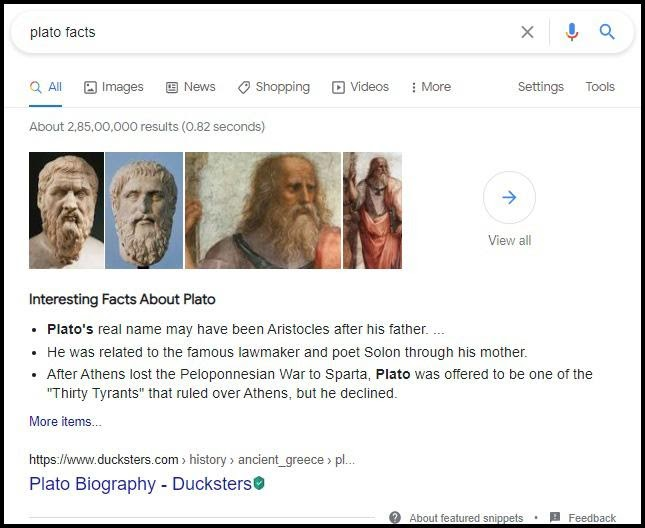
What’s interesting about featured snippets is that the result you see almost always comes from the top 10 pages in organic search.
It is not impossible to grab the featured snippet spot, but it is not easy either. You need to analyze the keywords and keyphrases and write amazing content.
You have to study your competing websites thoroughly using professional tools like SEMrush or Ahrefs.
Then, use the knowledge you gain (like keywords they are using, website statistics, etc.) to optimize your content thoroughly to make it better than what they offer.
If you manage to hit the featured snippet spot, here is what happens:
- Your position in SERP improves.
- Your brand awareness increases.
- You receive more clicks.
Any website that occupies the featured snippet position completely annihilates the competition by damaging their clickability factor.
People Also Ask, on the other hand, is quite different. It is dynamic, and it quickly displays an enormous amount of information.
The amount of information a PAA box displays widens the scope of search results for the end-users.
The number of questions displayed in the PAA box can vary depending on the keyword or user query. Sometimes, the questions seem endless.
The key features of People Also Ask are:
- There is no fixed position. The PAA box can show up anywhere in SERP results.
- Depending on the search query, the PPA segment may include definitions, tables, ordered/unordered lists, videos, etc.
- A single user query can increase the search scope by several hundred pages. This happens because of the seemingly infinite nature of the PAA questions.
- The same question can be duplicated for different search queries, significantly increasing the user’s likelihood of noticing the page that Google uses as the answer source.
- If the search query includes terms like ‘where,’ ‘why,’ ‘how,’ etc., the likelihood of Google displaying video content in the results increases significantly.
- If someone uses the questions that show up in the PAA box as the main query, the source website (from which Google takes the answer) may show up as a featured snippet.
- Unlike the featured snippets, any website that is not in the first 10 sites in organic search can get into the PAA box.
Finally, the aim of feature snippets is to display the website that gives the best content for a given user query.
On the other hand, PAA is the algorithm’s attempt to better understand the users’ queries, making the users stay on the search results pages for a longer time. If that happens, users can possibly respond to an ad on the search results pages.
A study by STAT also revealed a fascinating aspect of the PAA box. The study found that to answer different questions falling under the same theme, the PAA box quite frequently shows a link to the same resource.
That has quite some significance. Once you secure a PAA box position, it becomes easy to secure a safe position in the search results for quite a long time.
That’s not going to happen with featured snippets. Suppose your competition does a better job and creates a better piece of content. In that case, you may very well lose your position to your competitor.
What is an answer featured snippet?
As the name suggests, the answer featured snippet gives a short and concise answer to a user’s query.
Answers can be in various formats like a definition, an ordered list, an unordered list, a table, or it might be an answer to a simple question.
Here is an example:
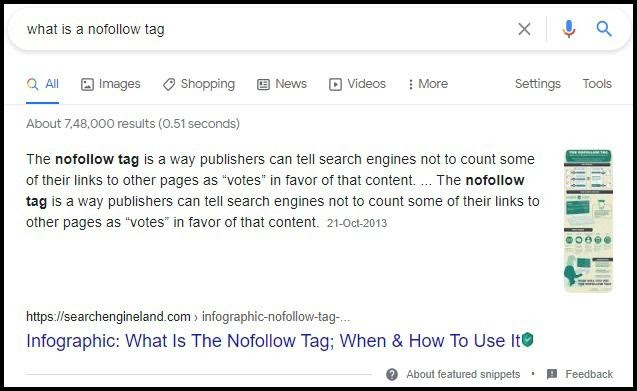
Notice carefully.
The query in the search box is a question.
The first result (Position 0) is a featured snippet that answers the question.
In some cases, you may see the featured snippet just below the ads.
Securing a position for your business in the featured snippet can have far-reaching implications that were highlighted in the section above.
How to rank for featured snippets?
To rank for featured snippets, you have to optimize your content accordingly.
Step 1: Find featured snippet opportunities
The first thing to do is find out whether there is a featured snippet target for your keyword. A quick Google search will do that.
Suppose you have multiple keywords that you want to target. You don’t want to individually run the queries on Google. In that case, you can use a tool like SEMrush or Ahrefs.
These tools will allow you to run all the keywords at once and tell you whether or not they have a featured snippet.
Filter out the keywords that don’t have a featured snippet.
Now you have the list of keywords for which Google wants to show featured snippets. In fact, Google is already doing that.
So, you now know the opportunities. You can topple your competition and secure a position there.
Step 2: Start optimizing your content
Now that you have selected your target keywords find out what type of featured snippet Google is showing. That’s what Google prefers.
You should follow this approach:
Definition: If the snippet is a definition snippet, you need to create your snippet in that format. Around 40-60 words should be fine. It will be even better if you add ‘What is X?’ just above the definition.
Example:
What is a cat wheel?
A cat wheel or a cat exercise wheel is a giant hamster wheel designed for cats. It is used for keeping your cats active and healthy.
Table: If the featured snippet is in the form of a table, Google will be scraping entire tables instead of picking random pieces of information from the article. So, create a table and put it right on the top of your content. So, create a table and put it right under the question, or close to the question.
Example:
Ordered List:
Ingredients
Quantity
Black salt
1 teaspoon
Ginger powder
1 tablespoon
Potatoes
3 medium
Ground beef
350 grams
Be careful about this one! You need to make sure that Google understands what’s on the page. So, if you are creating an ordered list, you must do the following:
- Wrap every item in the list in the H2 or H3 tag so that they become a subheader.
- Make things clear and obvious. Use words like Step 1, Step 2, etc., to clearly indicate the steps to follow in a defined order. But that’s not essential. Google can understand 1, 2, 3, and so on. Writing Step 1, Step 2, etc. gives users some clarity.
Example:
<h2>Step 1: Wash the eggs properly.</h2>
<p>Your content goes here.</p>
<h2>Step 2: Bring water to boil.</h2>
<p>Your content goes here.</p>
And so on…
There is another way to approach this. You can create a dedicated snippet segment at the very beginning of the content.
This dedicated snippet segment should contain the question immediately followed by the answer.
Here is a typical example:
How to bake a cake?
Baking a cake at home involves the following steps:
- Buy an oven.
- Buy a baking tray and other accessories.
- Buy the raw materials.
- Mix raw materials.
- Put raw materials in the baking tray.
- Place the tray in the oven.
- Bake at 180 degrees Celcius for 20 minutes.
If you are using a rich text editor, you don’t have to worry about the HTML code. The editor will create the code by itself.
Step3: Optimize your page for different long-tail keywords
What are long-tail keywords? They are long and specific terms that people use for searching on Google.
For example: ‘How to make perfect hard-boiled eggs?’
This is a classic example of a long-tail keyword. If you are using Google voice search, the long question you speak out is a long-tail keyword.
A long-tail keyword does not necessarily have to be a question. It can be a long-phrase with several words. For example, ‘buy anti-sweat and comfortable running shoes’ is a long-tail keyword.
Long-tail keywords tend to capture the user intent more accurately, opening an opportunity for the content strategists and content developers to address that intent with pin-point accuracy.
These have low competition, but Ahrefs found that most of the featured snippets show up when people use long-tail keywords as queries.
So, you should be optimizing your content for featured snippet keywords and different iterations of long-tail keywords.
Try to incorporate the long-tail keyword(s) in the snippet, but it should not sound like a forced insertion. If placing the long-tail keywords in the snippet is not possible, try to incorporate it in the actual content you are writing.
It is always a good idea to highlight the long-tail keywords you are using in your content. You can even use the long-tail keywords as your headings in your content. Do whatever fits in!
Earlier, people had to hunt for long-tail keywords. Now, Google has made it easy. You now have the PAA box as one of the tools at your disposal.
The question you find there are long-tail keywords!
How to research “People Also Ask” questions for your targeted keyword set? How to find relevant People also ask?
The top six sources where you can find relevant People Also Ask questions for your targeted keyword set are:
- Outraning.io
- Questions from People Also Ask box
- Keyword Queries
- Questions from Quora
- Questions from SERP
- Answer the Public
Using Outranking.io to get questions. What is Outranking?
Outranking is a business SEO platform that combines SERP analysis, Related Keywords, Questions and SEO best practices to allow writers to create content that addresses the user’s interest and get past writer’s block.
Outranking enables content marketers to create content that drives more organic traffic using, topic modeling, SEO blog outline generation, keyword research, AI writing for Google SERPs, and SEO best practices.
Unravel the mystery of how much do SEO services cost with our saas SEO roadmap and SEO calculation tools.
Discover how Outranking can help you create content that drives more organic traffic with features like outline generator, article outline generator, and blog outline generator . Learn how to use these outline generators for keyword outline creation and become an efficient outline creator.
Content creators can build content 3X faster and drive 5X or more organic reach.
Outranking Questions Engine:
Outranking answer engine is a free tool that allows content markets to find questions about anything in under a minute.
Outranking questions engine gets questions from as many as 50 high-ranking pages on search engines and directly from the People Also Ask box, making it the most powerful Questions research tool to exist.
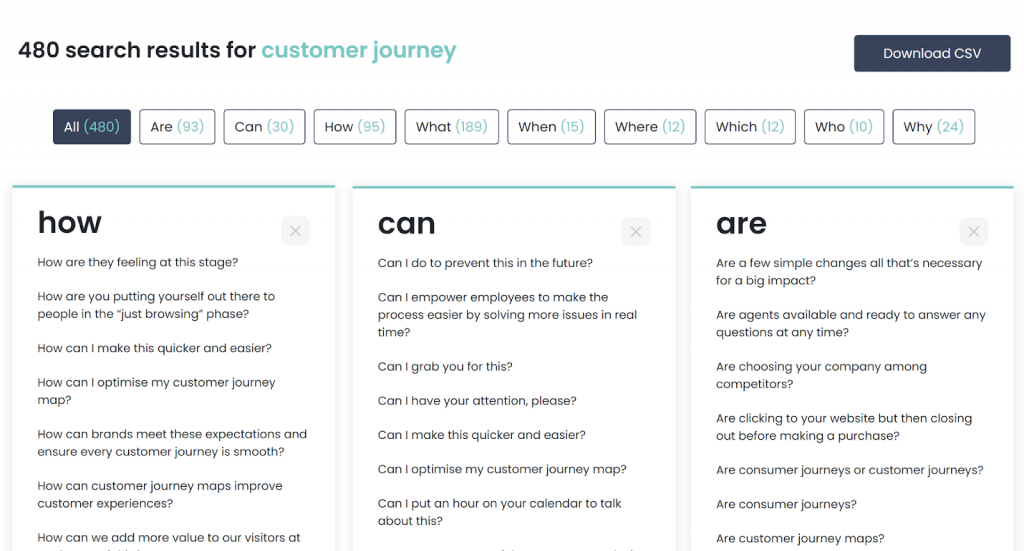
Just enter the keyword or a search query and find all the questions and ideas.
For example, using the focus keyword “customer journey” gave us 480 questions. Sure, some questions can be not relevant but, this is a lot that you can address when writing content around that focus keyword.
Besides Questions, Outranking has other features to help content marketers build SEO content faster, such as Outline Builder, Topic Modeling, In-editor Research from SERP, AI Rewriting and paraphrasing, competitive data, and step-by-step content creation instructions.
Questions from People Also Ask Box
Finding relevant People Also Ask questions for your targeted keyword set is important. One of the simplest things you can do is to search the keyword in Google.
Yes, it is as simple as that!
Now, Google depends on Machine Learning. There is an algorithm working behind it tirelessly.
Because there are relational suggestions involved, you may notice questions that are in no way related to your targeted keyword.
So, you have to select wisely. Use your logic and find out whether the questions you see in the People Also Ask box are relevant to your targeted keyword or not!
If yes, you should be targeting those questions. Those that are not relevant, should be ignored.
If you are not satisfied with the PAA box results, there are other options.
Here is a real-world problem:
PAA questions are closely related to search, and hence, they will not include the trending questions and other conceptually related questions.
For example, if you search the keyphrase “Customer Journey,” you will not get questions about LTV such as, “How can that affect customer LTV?”
LTV stands for “life time value.” It is significantly important to address LTV when talking about customer journey in your content.
This is where things get tricky, and a simple glimpse at Google’s PAA box might not be sufficient.
Also if you were to expand all the boxes to get the relevant questions, it will be one heck of a copy-pasting task. Remember, These questions can be seemingly infinite?
So, if Google’s People Also Ask box is not a concrete solution, what else can you do to find the most relevant questions?
Keyword Question
There are several professional blogging and research tools available that can help you to find the related questions.
Moz Keyword Explorer is a great option. There are other options like Ubersuggest that are quite cheaper.
Most tools let you filter keyword suggestions by questions.
You can set further filters like grouping keywords based on “low lexical similarity” to get grouped keyword ideas in Moz. This can differ from tool to tool.
Question from SERP: Competing Pages for a keyword
One of the easiest things to do is visit one of your competing pages that answers questions from the People Also Ask box or other sources for the same keyword that you are targeting.
Make sure you visit a competitor page that ranks in Google SERPs or at least shows up in the PAA box results.
You can quickly find the questions that they are targeting.
This is super handy, you can find questions customers are asking, other vendors are mentioning or are relevant to the topic not just from a search perspective but from an audience perspective. Getting Serp questions is the best way to address 360 degree view of a user intent. Answer them and capture the heart of your audience.
This can be very difficult. Going to as many as 50 pages and reading the content to extract the questions can take hours if not days.
Question from Quora
Quora is the world’s one of the most leading Q-&-A websites. You can find many relevant ‘People Also Ask’ questions from that platform.
It is better to register an account with Quora to get rid of the pesky notification that will prevent you from navigating properly without registering.
Once you register, search with your keyword in the search field, and Quora will return with dozens of crowd-sourced questions related to that keyword.
You can find more related questions on the answer page of any specific question.
What is Answer the Public?
Answer the Public is a tool that will help you to find related questions for your target keyword.
The tool uses Google’s ‘autocomplete feature’ to extract questions. This means that the tool cannot find questions related to your target keyword that doesn’t contain the keyword itself!
There are some serious flaws using this technique:
- You cannot find conceptually related questions that do not contain the keyword itself.
- Fails with complex queries.
- Often fails with technical terms.
- Does not cover the 360 degree view of user intent.
Answers the Public can come in handy if you are starting out and need ideas to create content.
How to optimize content and answer PAA questions? Best practices for PAA or People also ask?
If you want your content to be a source in the PAA box, you need to optimize your content for it.
How do you do that?
Here’s how…
Understand user intent to compile a list of questions asked
Face it! Times have changed. People now search with intent! For instance, you may be searching for a mattress that is recommended for people with back pain.
So, you should ask a simple question to yourself – ‘Is your content relevant to the search intent?’
Hundreds of questions can show up in the PAA box. Every question will indeed have an intent.
But how relevant are those questions to your content? Can your content truly satisfy every user’s search intent?
That cannot happen!
So, you should carefully select a list of questions that are relevant to your business. Your content should satisfy the search intent of the questions you are selecting.
This means that if there is only one question relevant to your content, you should answer only that question.
Trying to answer all questions is nothing short of a disaster recipe.
Filter and pick the questions that will complement the content, products, and services your business provides.
It is nothing more than the continuation of the previous point. Let’s understand with an example.
Scenario:
Suppose you sell portable and pocketable AM/FM radios only through your e-Commerce site. You want to go for content marketing to get some visibility. You decide to create a blog post that tells everything about portable and pocketable AM/FM radio.
You run a quick Google search with the key phrase ‘best portable AM/FM radios.’
Here is what you get in the PAA box (after you start expanding the questions):
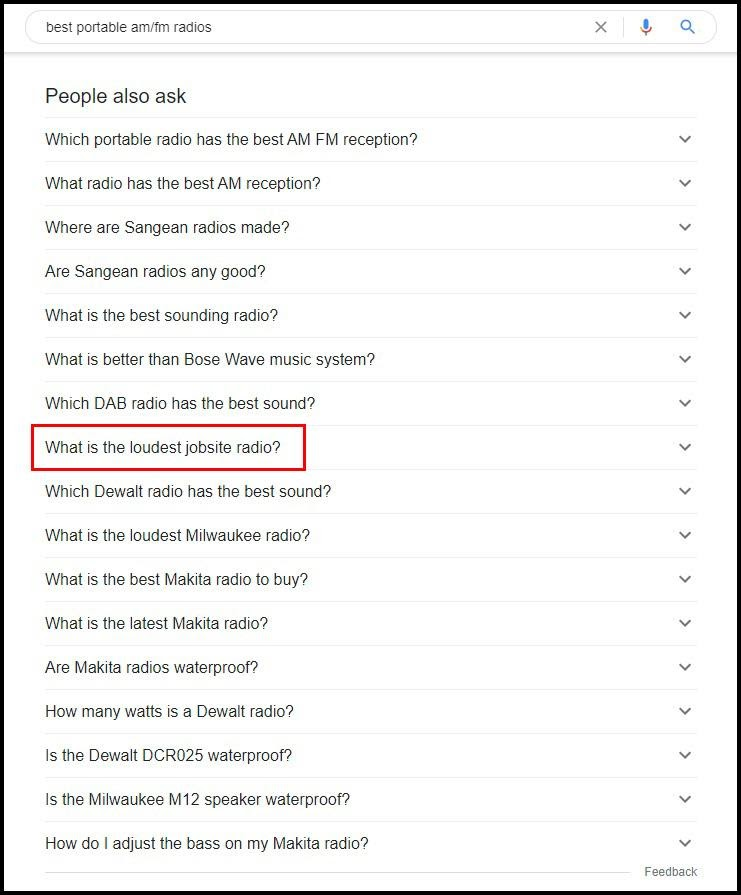
Notice the highlighted question. That question definitely doesn’t make sense for you. Even if you sell a portable and pocketable jobsite radio (yes, Makita makes such radios), they are not the loudest.
The loudest ones are usually bulky. So, that question is irrelevant to your niche. It doesn’t compliment the products you are selling.
Bottom line?
Pick the questions that are most relevant to your business. Don’t beat around the bush.
Provide Answers to all Top Related Questions & Questions from competing pages
Answer every top ‘related question’ from the PAA box as long as they compliment your business.
You have already learned about the various options you can use to find the People Also Ask questions.
You also need to answer all the questions that your competing pages are answering.
But how do you find your competing pages?
Some tools can help you. Of course, there are options like Ahrefs, but you can also use Outranking to find your competitors.
You can get amazing data from the SERP Analysis tab. Some of the data you can get include:
- The list of your top competitors (and their direct URLs).
- Title analysis.
- The list of all keywords they are using in their posts (you can target all those keywords or the ones that make sense).
- List of questions that people ask and your competitors have answered, etc.
Here is how the SERP Analysis tab of Outranking looks like:
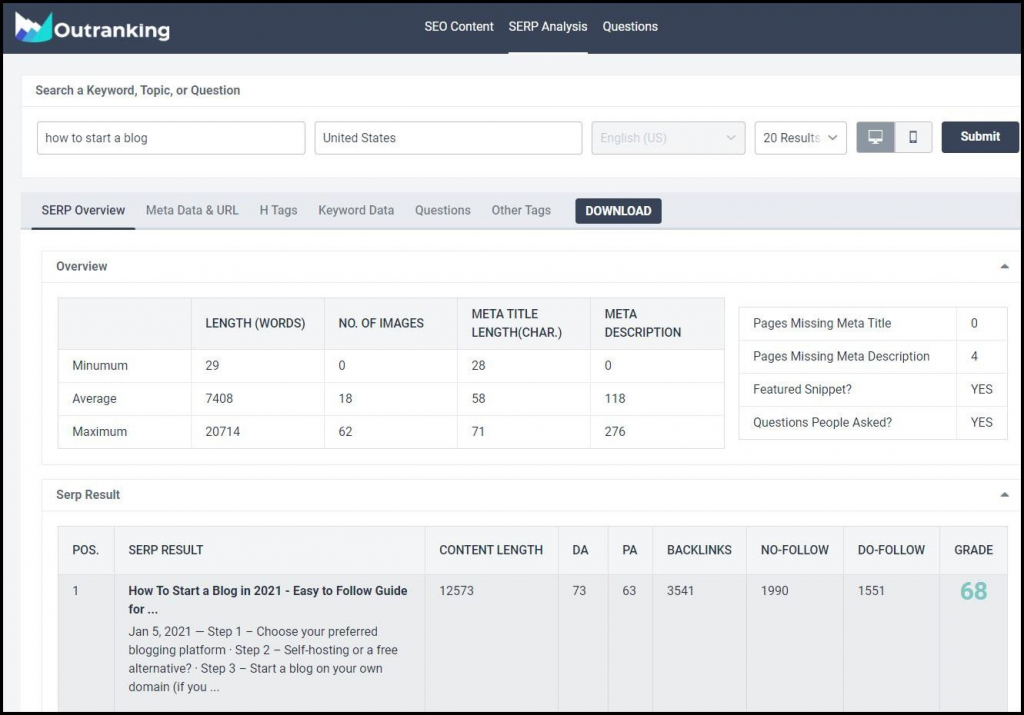
You can analyze the data right from inside the app, or you can download the entire data with a single click.
Adhere to below best practices for ranking in the Questions box or featured snippets.
There is no written rule anywhere. Google will not tell you what you should do to rank in the questions box or featured snippets.
The best practices you will read now are time-tested by SEO experts globally. It is the cumulative knowledge that you need to implement in your content strategy.
So, here is what you should do:
- Find the questions that are THE MOST RELEVANT to your business. No exceptions here!
- Be precise, be concise, be of value. The answers that you provide should resolve the problems the users are facing. In other words, your content should satisfy the search intent of the users.
- Ensure that you write in the format that Google is expecting. It is simple. Check the answers that Google is already showing. If Google wants a table for a specific question, you must give a table. If Google wants an ordered list, that is what you must give.
- Make sure that the answer is present on your web page. You must not link to a third-party website that gives the answer. Google will pick that web page, not yours!
- Give better answers. If your answer is not better than others, there is no reason why Google will select you as a source.
- Use long-tail keywords apart from your target keywords. Optimize your content for those long-tail keywords as well.
- There is no need to be fancy with your words. You can articulate your words in simple English. Make sure what you are writing is intelligible to everyone. Not everyone holds a Ph.D. in English.
If you have done everything right and yet, you cannot rank in the PAA box or featured snippet, you should turn your focus to other areas of your website that need your attention. Page speed, clean code, mobile friendliness – everything impacts your ranking higher on Google. And, of course, your backlinks are just as crucial!
Did you take care of all those things?
Incorporate question and answer schema to increase your chances of winning featured snippets.
Incorporating question-and-answer schema or FAQ schema does help, even though some SEO experts say it is unnecessary. Guess what? They are right!
You don’t really need question-and-answer schema or FAQ schema to rank in the PAA box, but there is no harm in incorporating that.
Using schema will help Google to extract the relevant information quickly. So, add it!
Final Thoughts
PAA boxes do have the capability to boost organic traffic, increase direct traffic to your website. But you cannot be whimsical. You cannot work with a gut feeling. Your work should be data-driven.
You must come up with a plan that works. It takes time to gain Google’s attention. Keep working harder and harder, and write great and valuable content that people love to read.
People want content that solves their problems. Give them what they are looking for, and Google will notice you.
Finally, thank you for sticking around.

